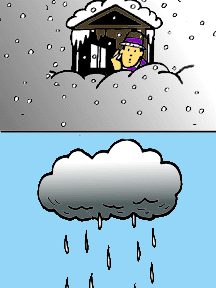Precipitation
Precipitation is any form of water that falls to the
Earth's surface. Different forms of precipitation include drizzle, rain, hail, snow, sleet, and freezing rain.
Precipitation is
important because it helps maintain the atmospheric balance. Without
precipitation, all of the land on the planet would be desert.
Precipitation helps farmers grow crops and provides a fresh water supply
for us to drink.
Precipitation can also be damaging. Too much rain and snow can cause severe
flooding and lots of traffic accidents. Hail can damage crops and cars.
Freezing rain and sleet can destroy trees and power lines.
The opposite of precipitation is evaporation.
You might also be interested in:

Drizzle is light precipitation that is made up of liquid water drops that are smaller than rain drops. Drizzle can be so light that only a millimeter of accumulation is measured at the Earth's surface.
...more
Rain is precipitation that falls to the Earth in drops of 5mm or greater in diameter according to the US National Weather Service. Virga is rain that evaporates before reaching the ground. Raindrops form
...more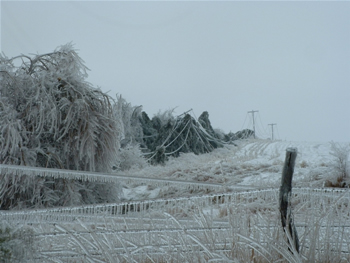
Sleet forms when a partially melted snowflake or raindrop turns back into ice as it is falling through the air. This happens when there are different layers of air beneath the cloud and these layers have
...more
One process which transfers water from the ground back to the atmosphere is evaporation. Evaporation is when water passes from a liquid phase to a gas phase. Rates of evaporation of water depend on factors
...more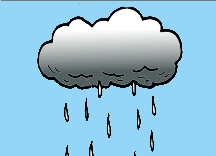
Here's a neat experiment that makes rain in a jar. You will need a parent or teacher, a jar with a metal lid, 1 cup of water, a hammer, a nail, ice cubes, and salt. Have your parent or teacher in the
...more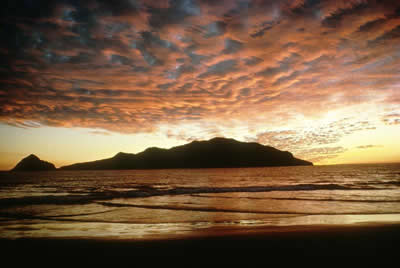
Stratocumulus (weather symbol - Sc) clouds consist of water droplets and belong to the Low Cloud (surface-2000m) group. These clouds are low, lumpy, and gray. These clouds can look like cells under a microscope
...more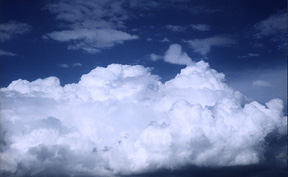
There are two main types of thunderstorms: ordinary and severe. Ordinary thunderstorms are the common summer storm. They are usually multicell. Multicell storms consist of a line of thunderstorms in different
...more


